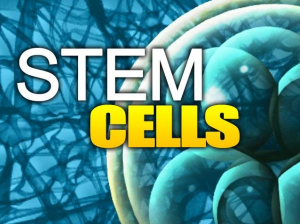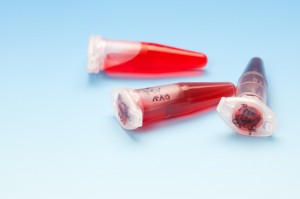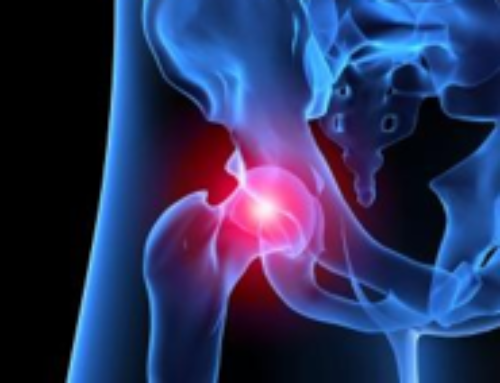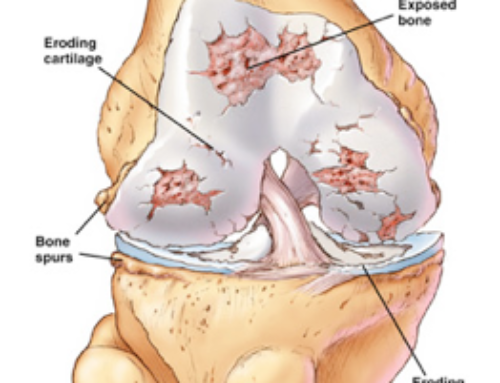What is regenerative medicine?
Regenerative medicine is primarily concerned with the replacement or regeneration of human cells, tissues and organs for therapeutic purposes. This field applies research for clinical interventions that can promote healing, or replace damaged tissues. This is done with procedures such as stem cell therapy and platelet rich plasma (PRP) therapy.
Also included within the field of regenerative medicine is the bioengineering of tissues in the laboratory, with the goal of developing functional transplants or organs that can be implanted in the human body. By using the patient’s own cells, researchers hope to eliminate complications such as transplant rejection and graft-versus-host disease.
How are stem cells used in regenerative medicine?
One of the more well-known regenerative medicine interventions is stem cell therapy. Stem cells are cells that can differentiate into a wide variety of different kinds of tissues, including nerve, bone, muscle, among others. Because of this, researchers consider their use potentially useful in the treatment of a wide variety of conditions.
Stem cells can be harvested from amniotic fluid, bone marrow, and from adipose tissues. They are be directly injected into the affected site in stem cell therapy. Initial research with animal models has shown that treatment with stem cells can promote healing of damaged tissues. Clinical application of stem cell therapy has been found in the treatment of chronic diabetic foot ulcers, autoimmune conditions such as Type 1 diabetes, tendinopathies, among others. However, studies in this field are limited, and further research is needed to prove the safety and effectiveness of stem cell therapy.
How is platelet rich plasma (PRP) therapy used in regenerative medicine?
PRP therapy has been found to be of potential use in promoting healing of injuries, particularly those involving the joints, ligaments, tendons, muscles, bones and other tissues. PRP is prepared from the patient’s venous blood by running the extracted blood through a centrifuge. The plasma derived from this has concentrations of growth factors, healing factors, and platelets. The prepared PRP is then directly injected into the site of the injury.
Injection with PRP has been shown to increase the number and viability of cells that repair and reshape cartilage and bone, as well as to promote the reproduction of growth factors and repair proteins. PRP is thought to modulate the gene expression of cells such as chondrocytes, synoviocytes, macrophages, and mesenchymal stem cells, thereby activating a state of growth and repair.
What are other therapies offered by regenerative medicine?
Regenerative medicine also deals with the use of bioengineered materials to promote healing and regeneration. A particular example is the use of heparan sulfate analogues for biologic meshes used in inguinal hernia repair. The implanted heparan sulfate analogues replace the damaged and degraded heparan sulfate at the site of the injury, thereby stimulating the production of growth factors and cytokines in the extracellular matrix. Research has shown that the use of biologic meshes is associated with better patient tolerance and superior patient outcomes when compared to synthetic material.




